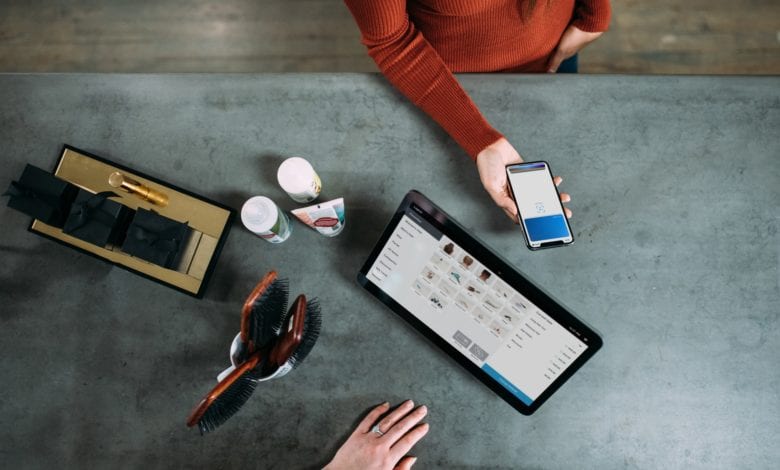
Amazon Fresh still seems surreal (at least for some shoppers, for whom it feels a bit too closely like theft!). It’s a relatively new concept in the UK, with just three Amazon stores live at time of writing.

Join 15,000 retail professionals with a membership
Get unlimited access and stay in the know. First-year special offer pricing. Cancel any time.
You have read 2/2 free articles this month.

How many members should have access to the subscription?
Monthly
Yearly
Save £9.89
No, thanks
I already have an account

Amazon Fresh still seems surreal (at least for some shoppers, for whom it feels a bit too closely like theft!). It’s a relatively new concept in the UK, with just three Amazon stores live at time of writing.